Car buyers in South Africa no longer begin their journey at a dealership forecourt. They begin online, searching Google, scrolling social feeds, and comparing brands in review forums long before a salesperson has a chance to engage.
The new Automotive Digital Trends Report, developed with Rogerwilco and MoyaApp, reveals how digital discovery and sentiment are shaping the industry. Download the full report.
The power of search signals
The report highlights how challenger brands are making gains not because they outspend the big players, but because they are easier to discover online. Search visibility at the “moment of intent” is now critical.
If a prospective buyer cannot find you when they’re comparing models or calculating finance, you have already fallen behind. This echoes lessons from Spotting Trends Before They Break, where timing often decides who leads and who plays catch-up.
Why sentiment still matters
Although listed mentions in the automotive space have slowed, expectations for service, safety, and reliability are higher than ever. A dip in sentiment can quickly chip away at trust.
This is why structured reporting is key. Tools like Brandwatch, underpinned by frameworks such as the [Social Data Audit Checklist], help brands detect whether conversations are shifting before it snowballs into a crisis. Combine this with approaches we covered in [Optimising CX with Social Insights] and you move from reacting to pre-empting.
The local lens
In South Africa, context is everything. Over 90% of automotive-related searches include “near me”, emphasising just how much proximity and convenience influence purchase decisions. Beyond national brand campaigns, it is often the dealership visible in a specific township or city that wins the sale.
This reinforces the need for hyper-local digital strategies, tailored messaging, and authentic service delivery that align with the South African reality.
The bottom line
If your marketing budget still leans heavily towards traditional media while competitors are investing in discoverability, you’re giving away an edge.
Winning in this market isn’t about shouting louder. It is about being visible when it matters, listening to what buyers are actually saying, and ensuring those insights shape pricing, stock, service, and creative strategies.
For the full analysis, download the Automotive Digital Trends Report. And if you’re building your own foundation, start with How Social Listening Actually Works.
.avif)



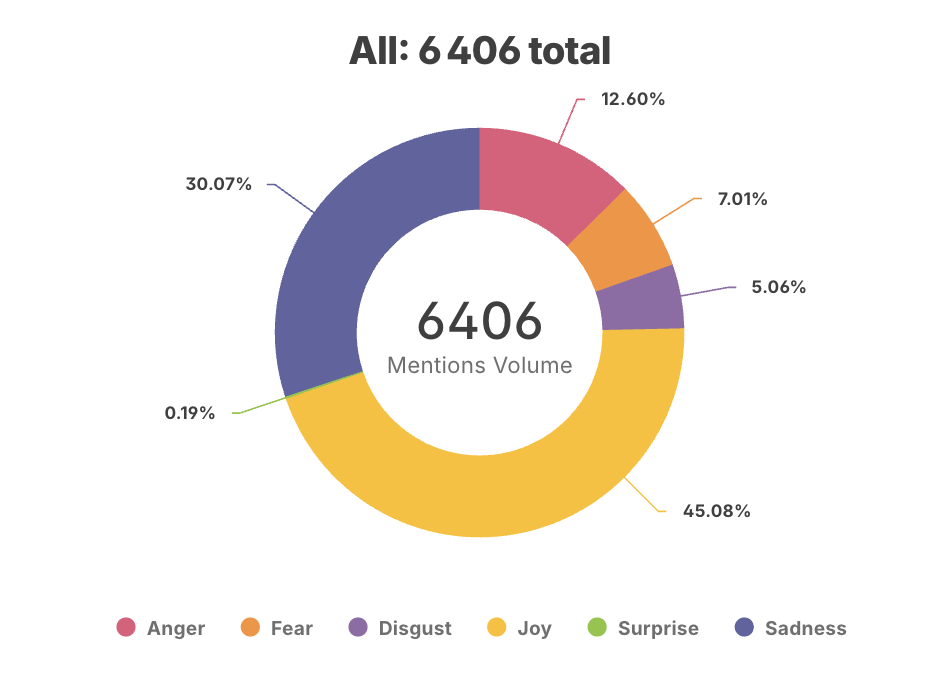
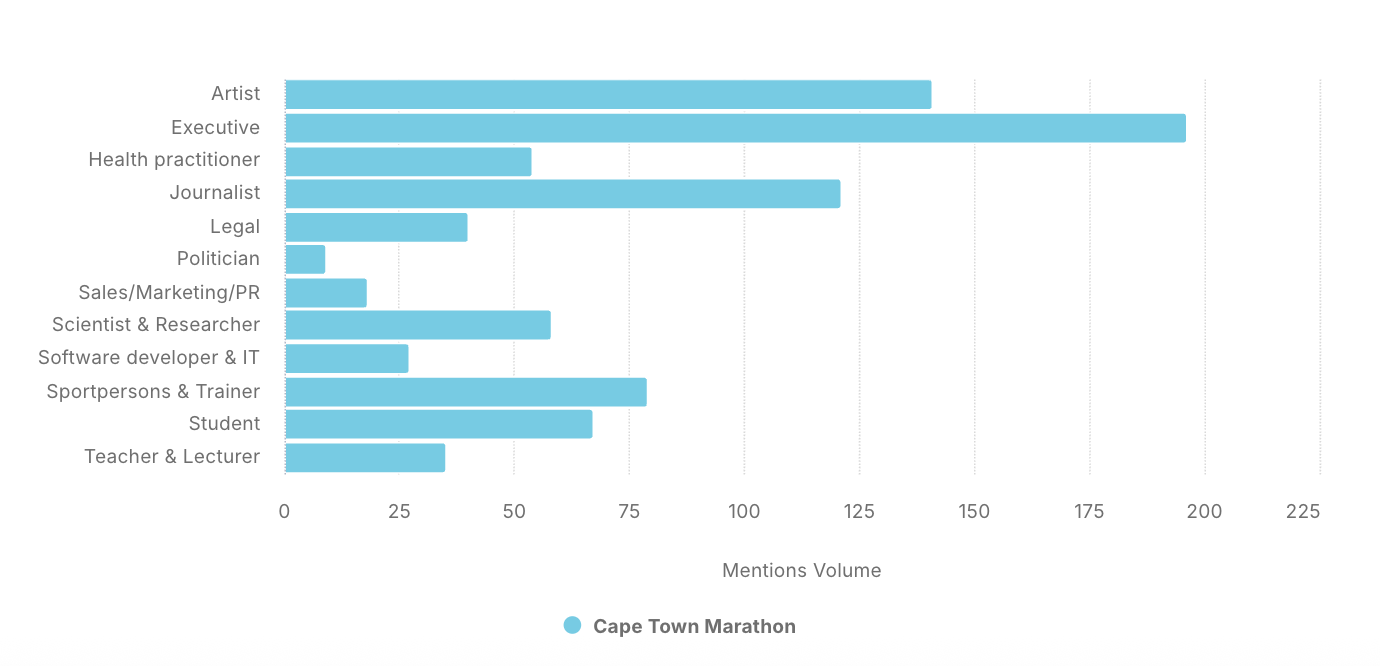

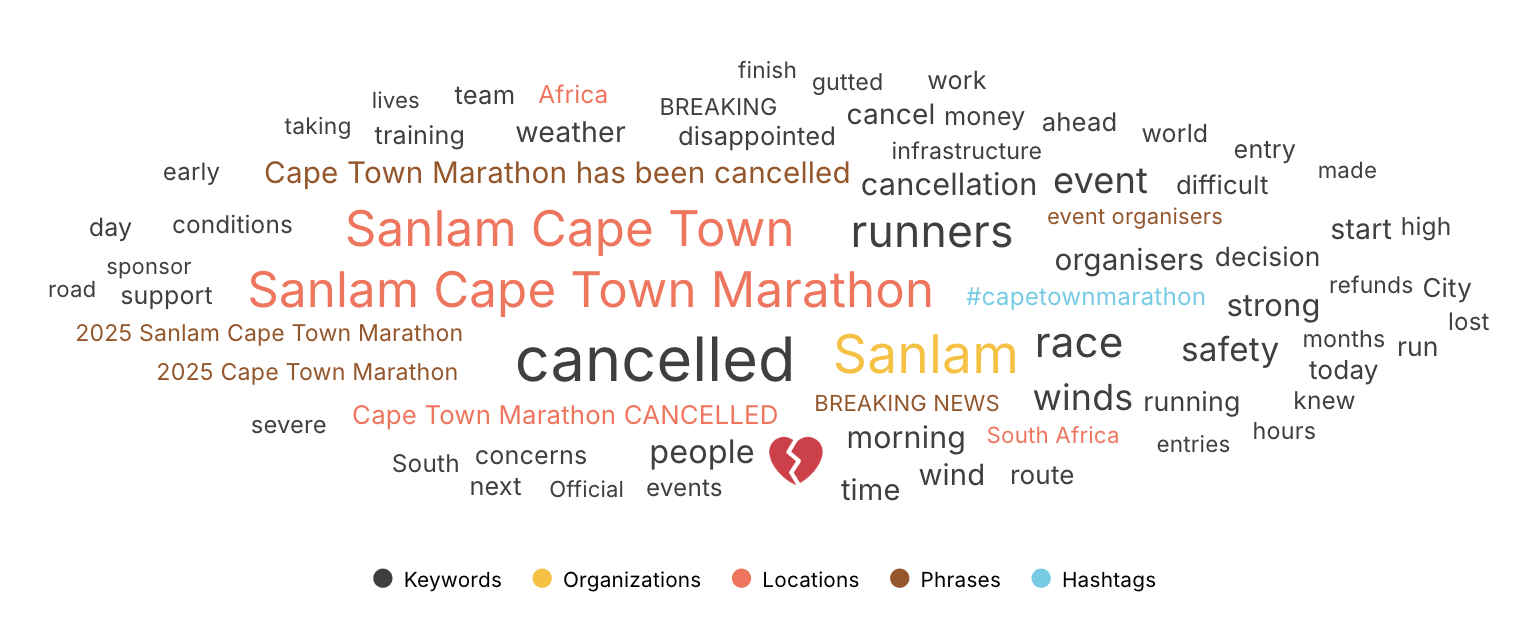



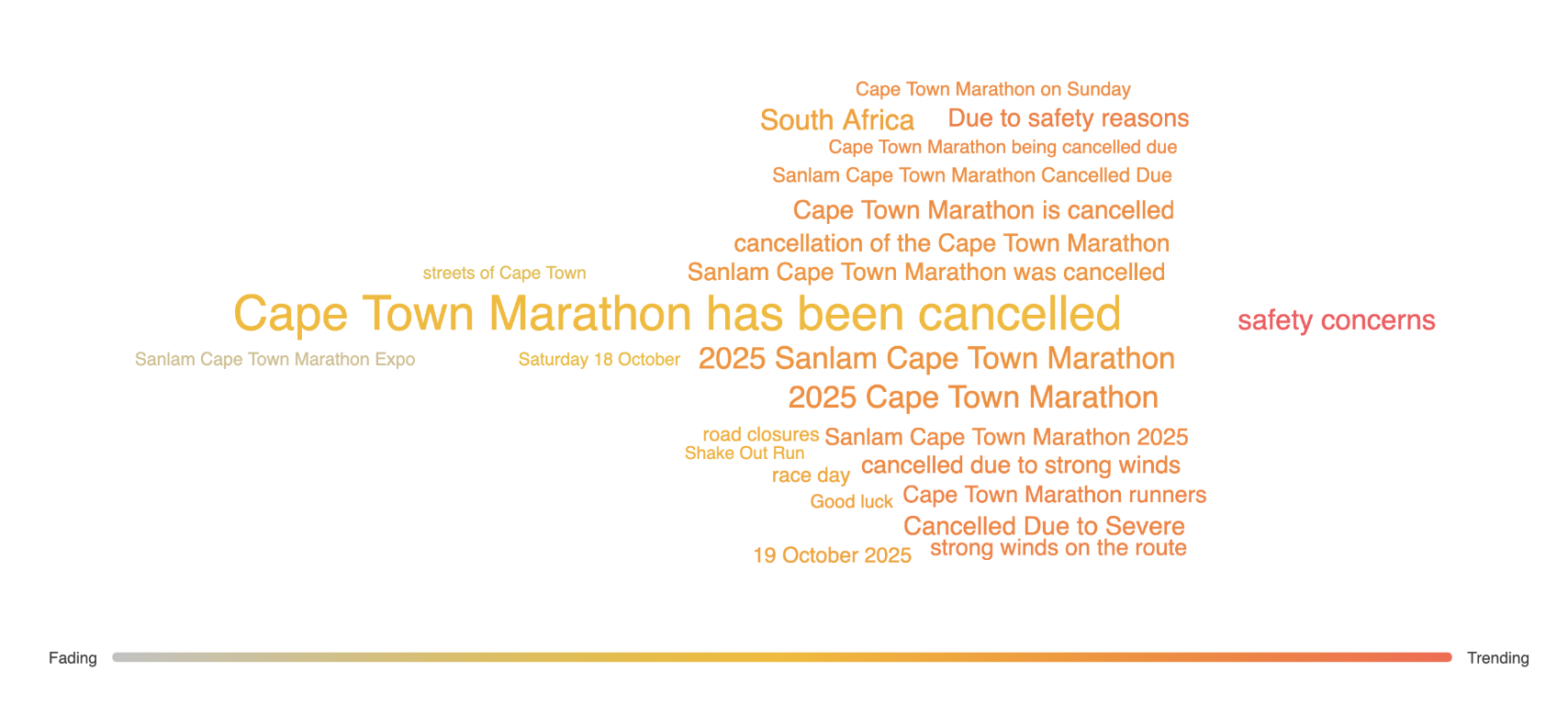

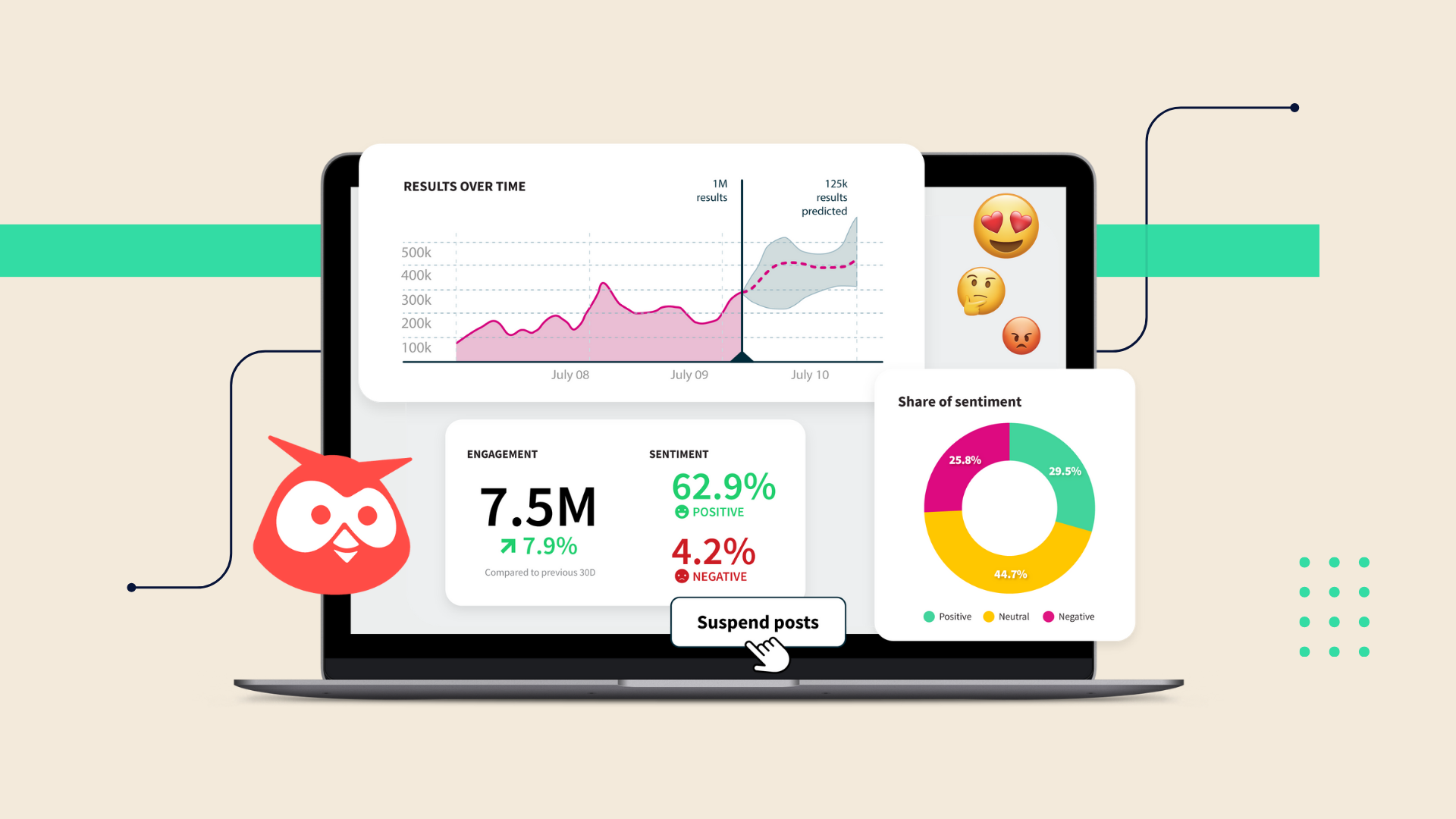
.png)







.png)
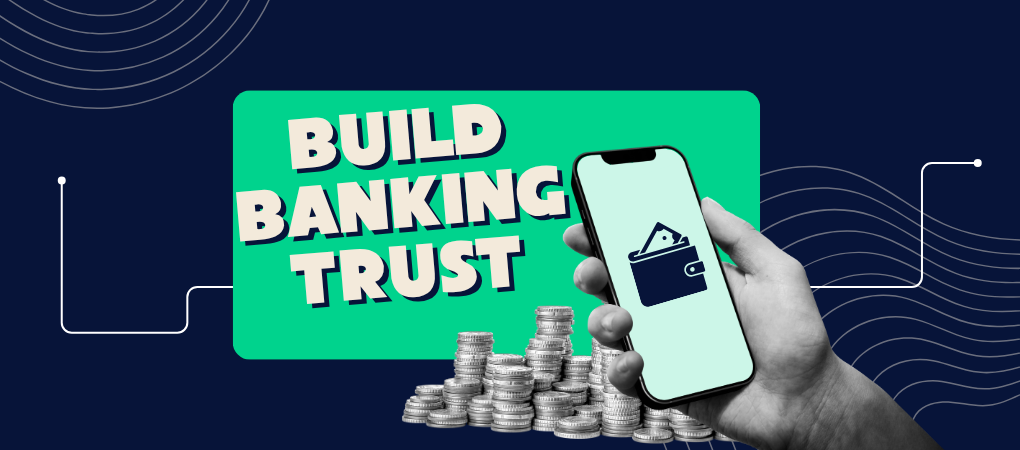

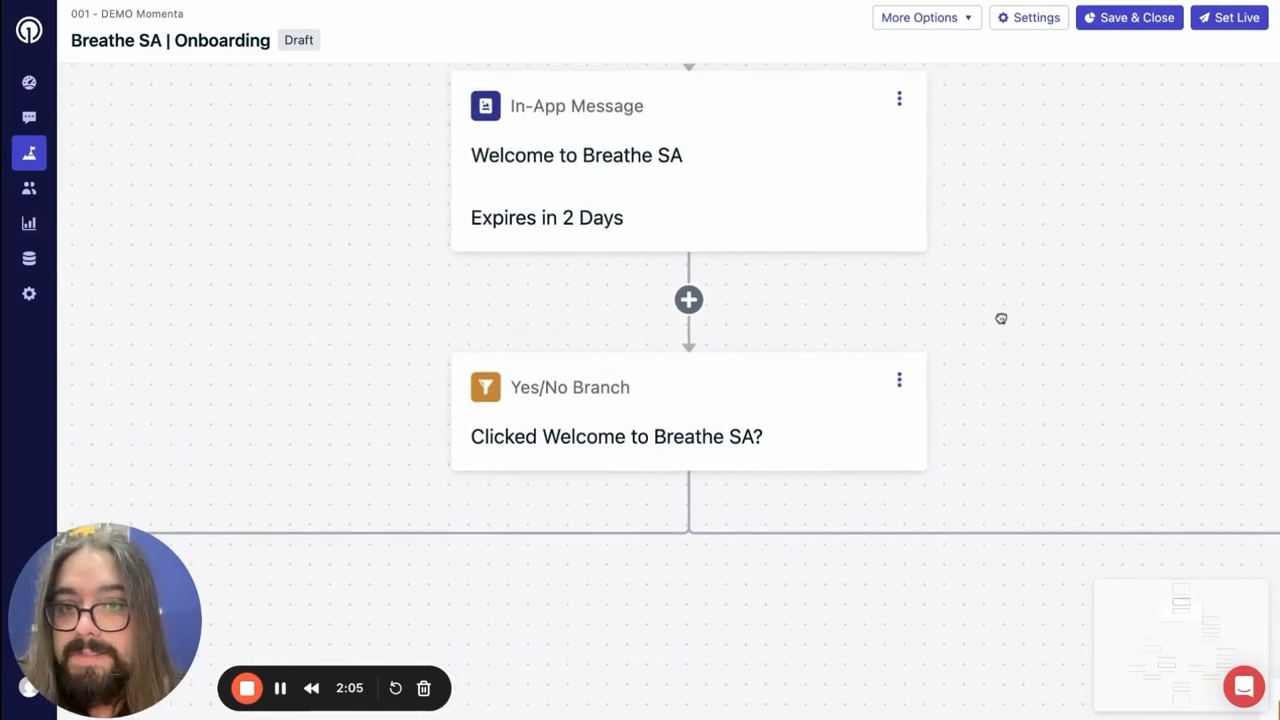


.jpg)




















.svg)